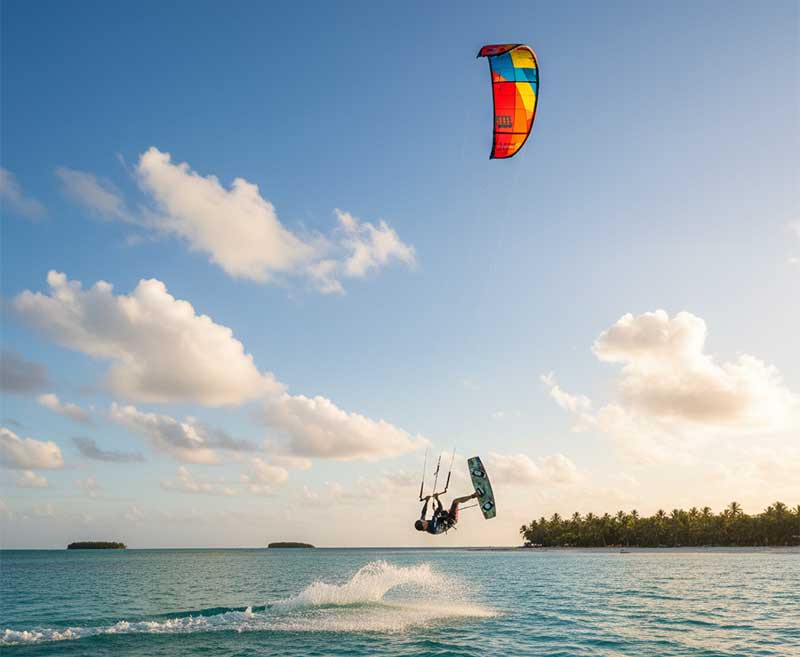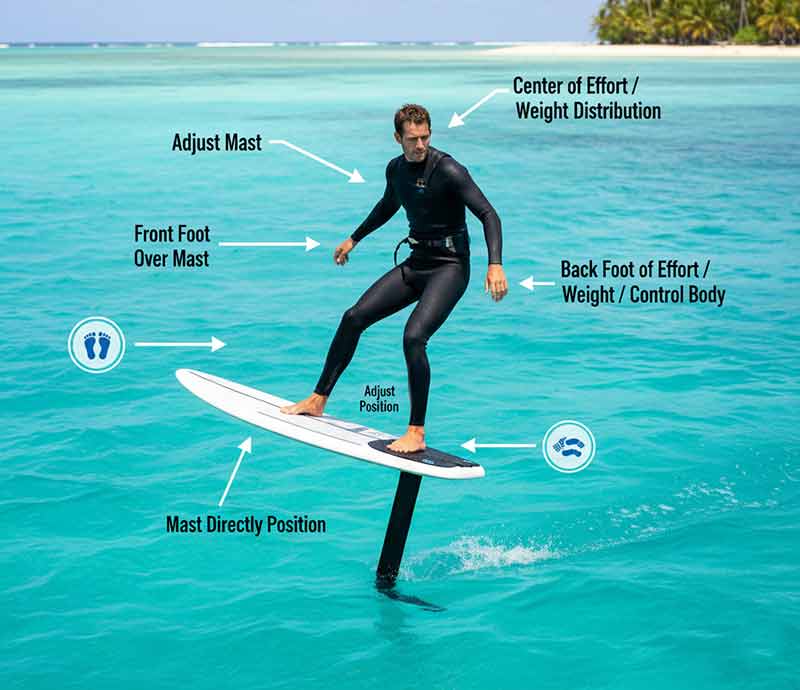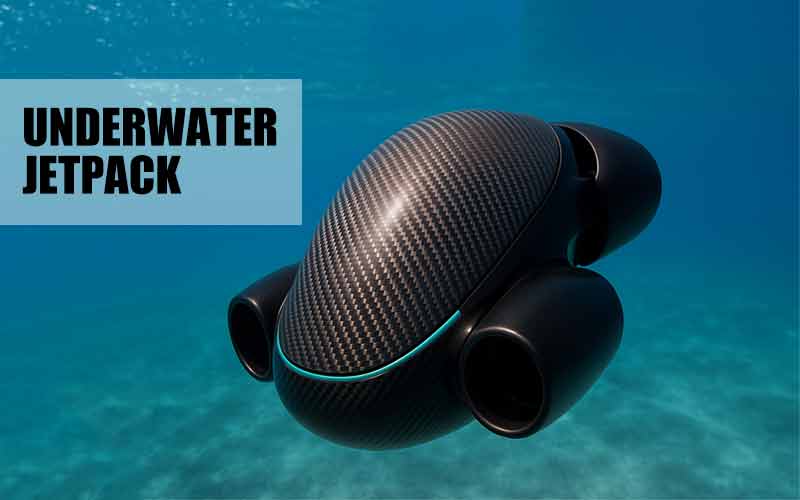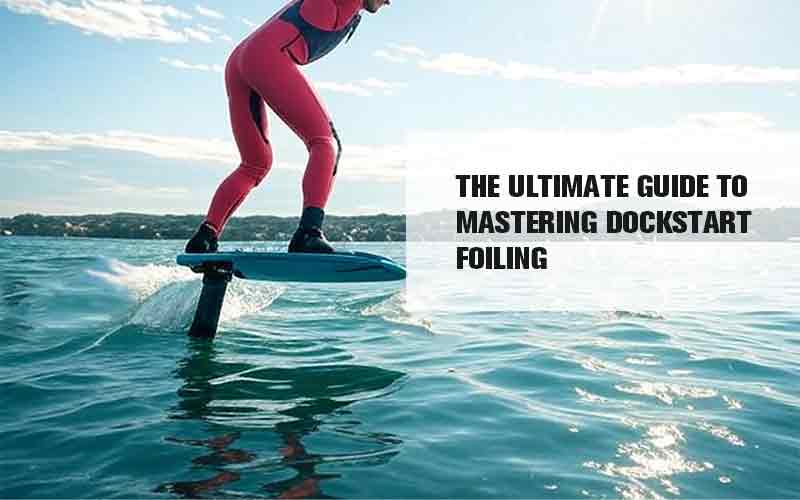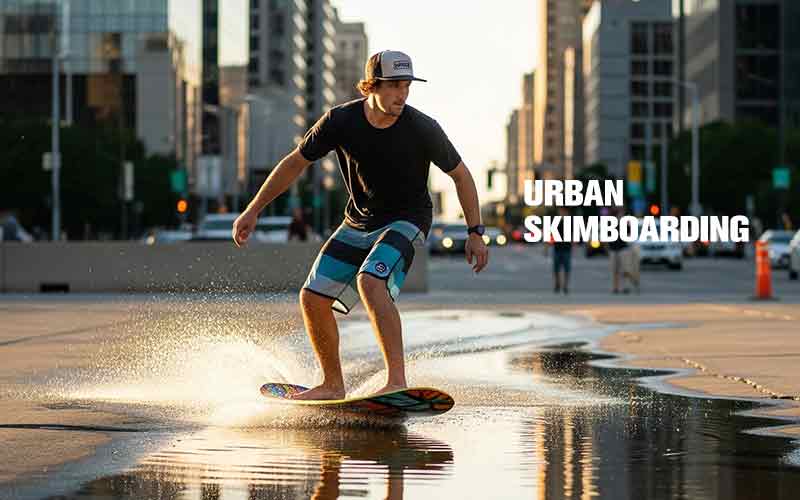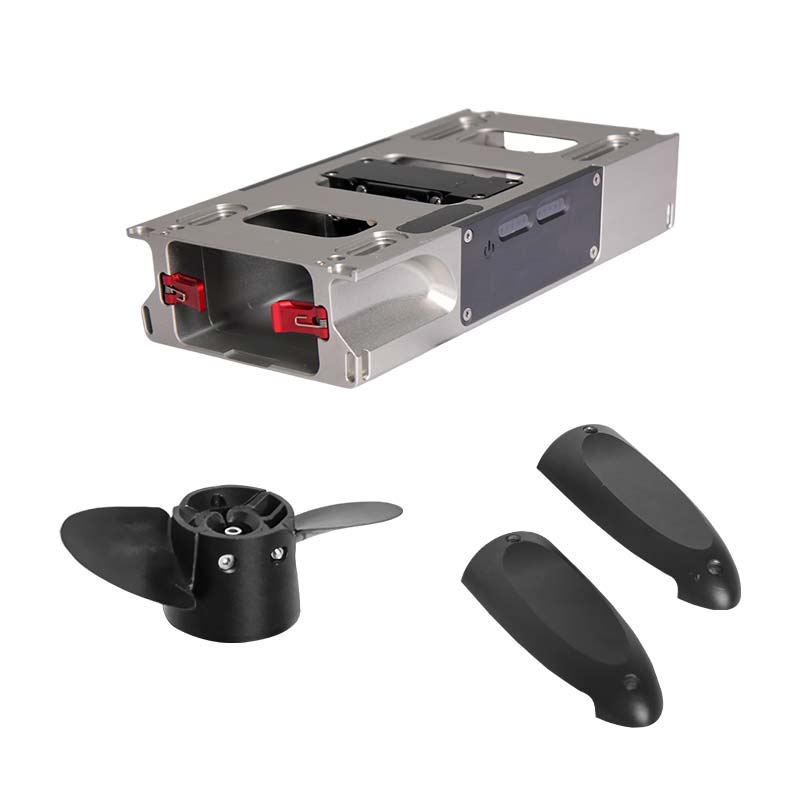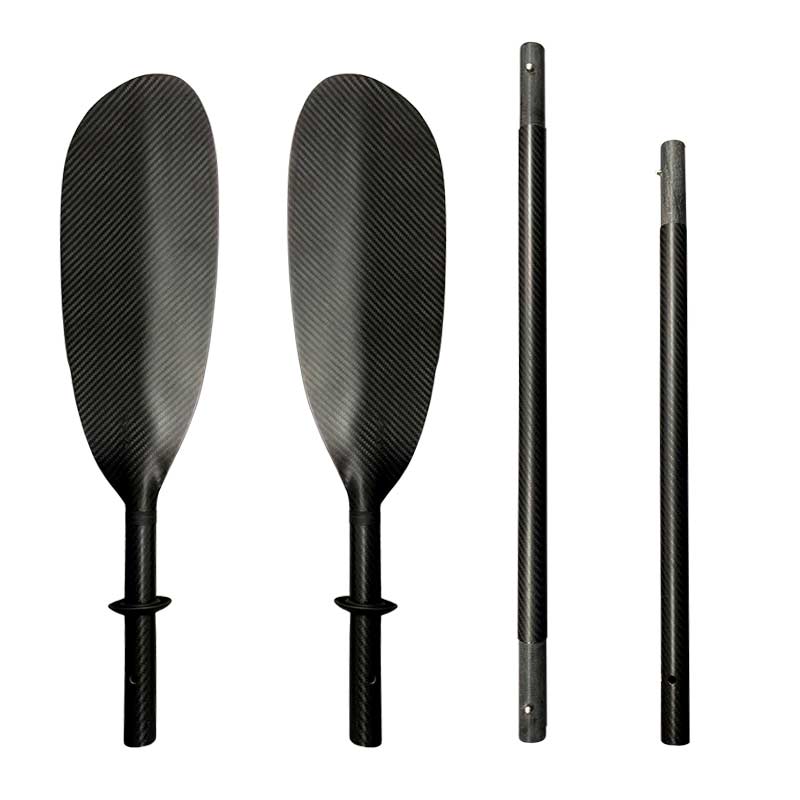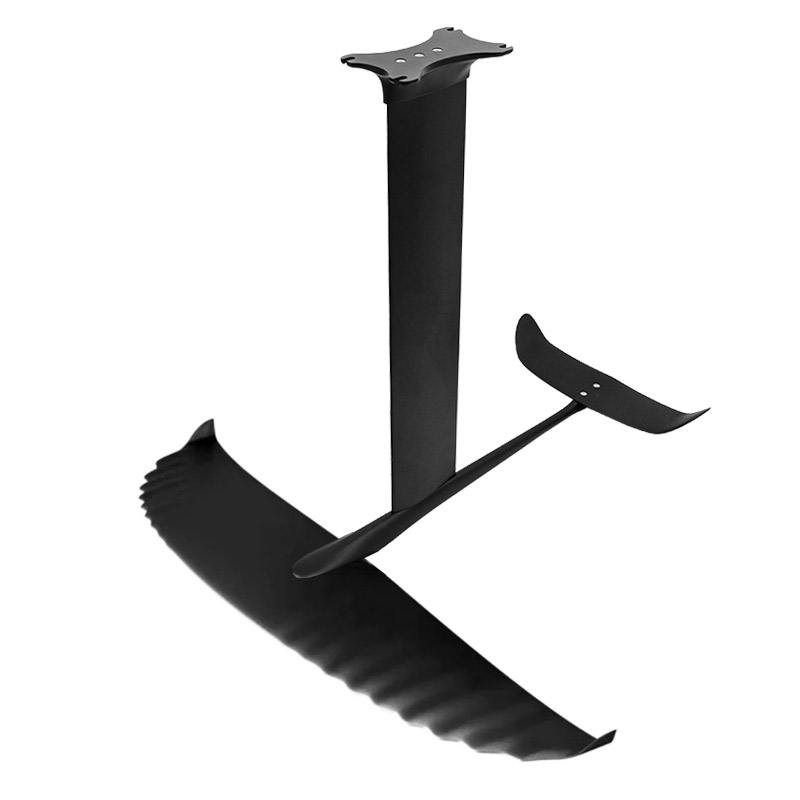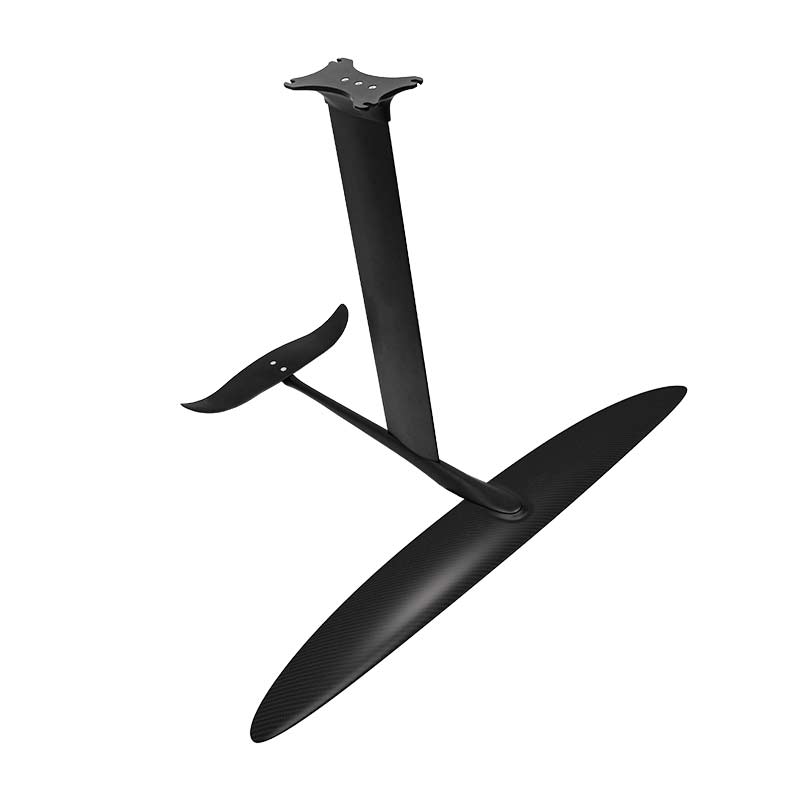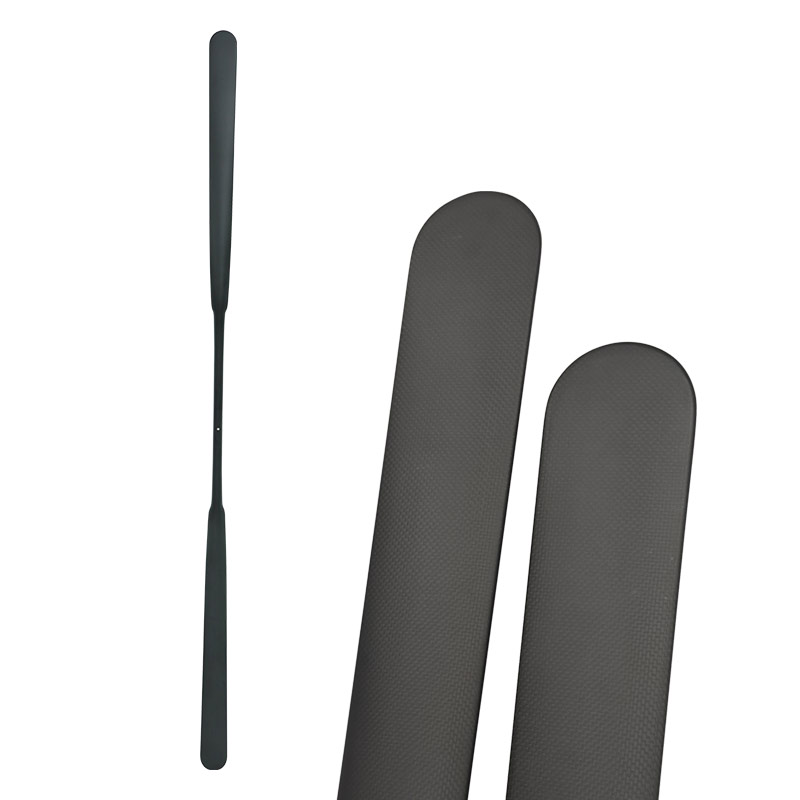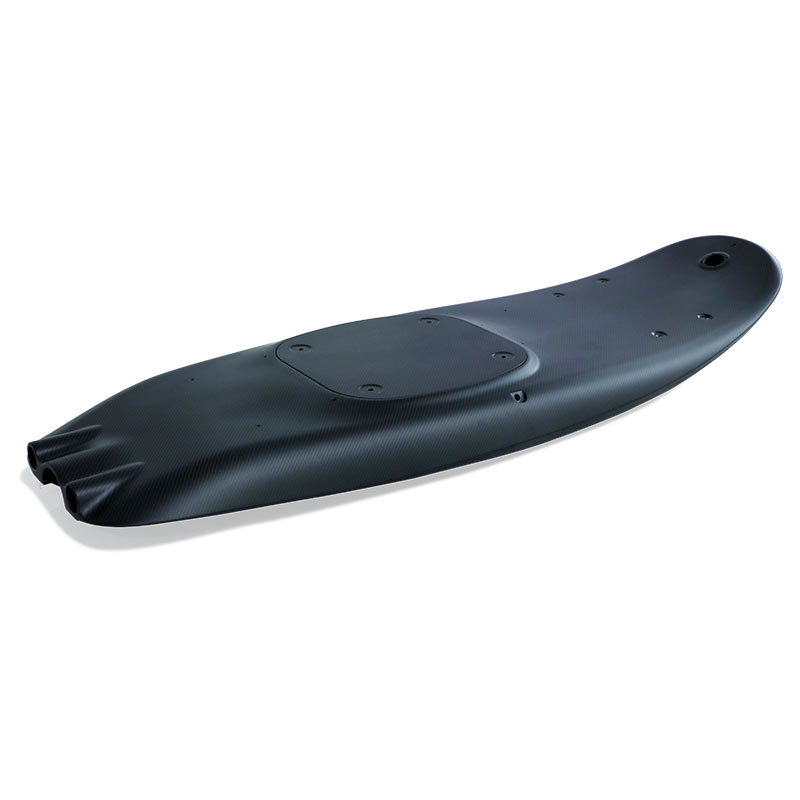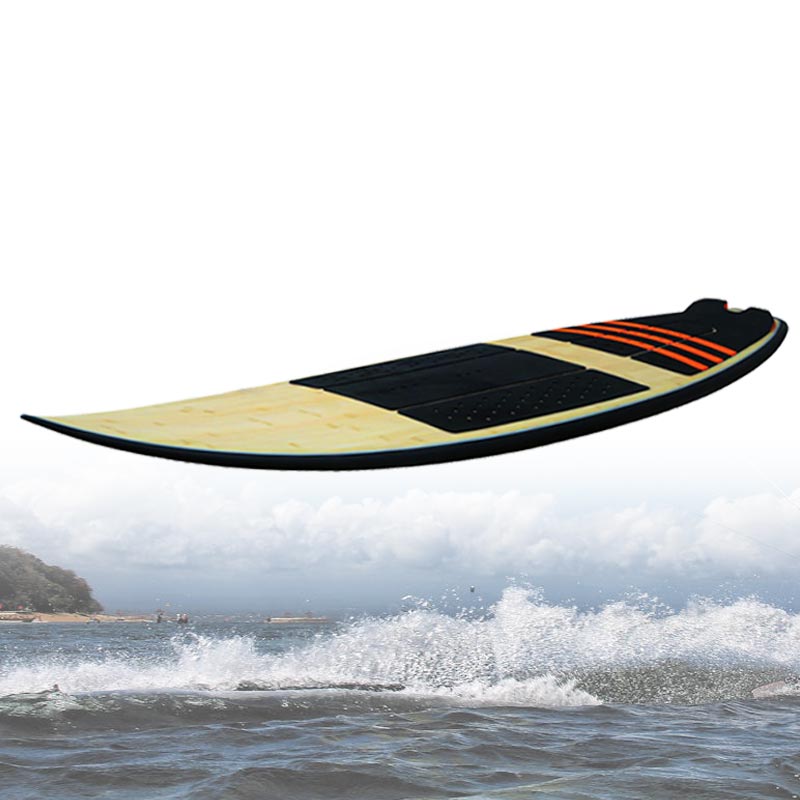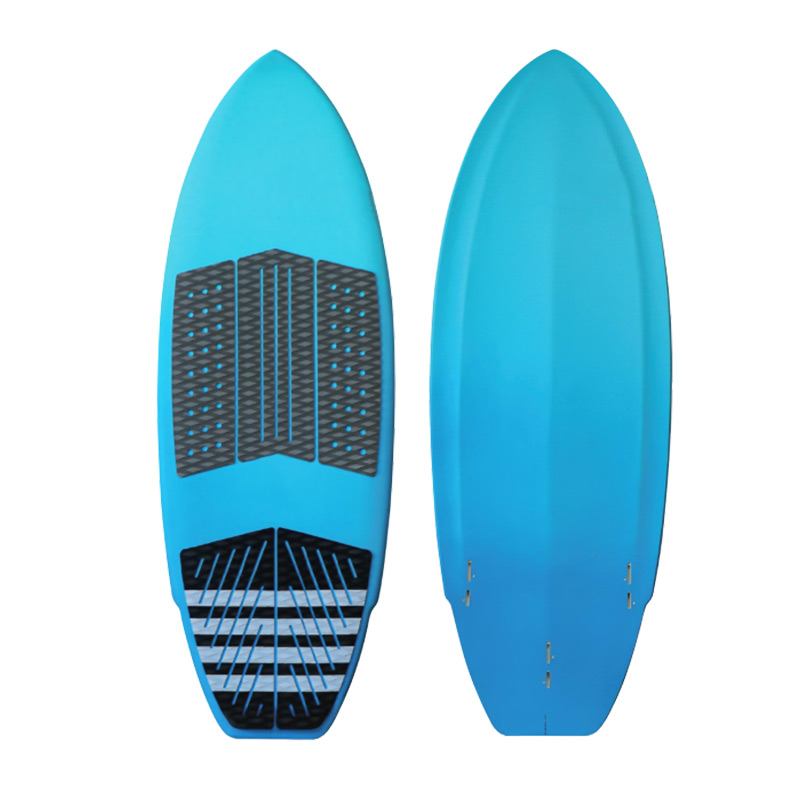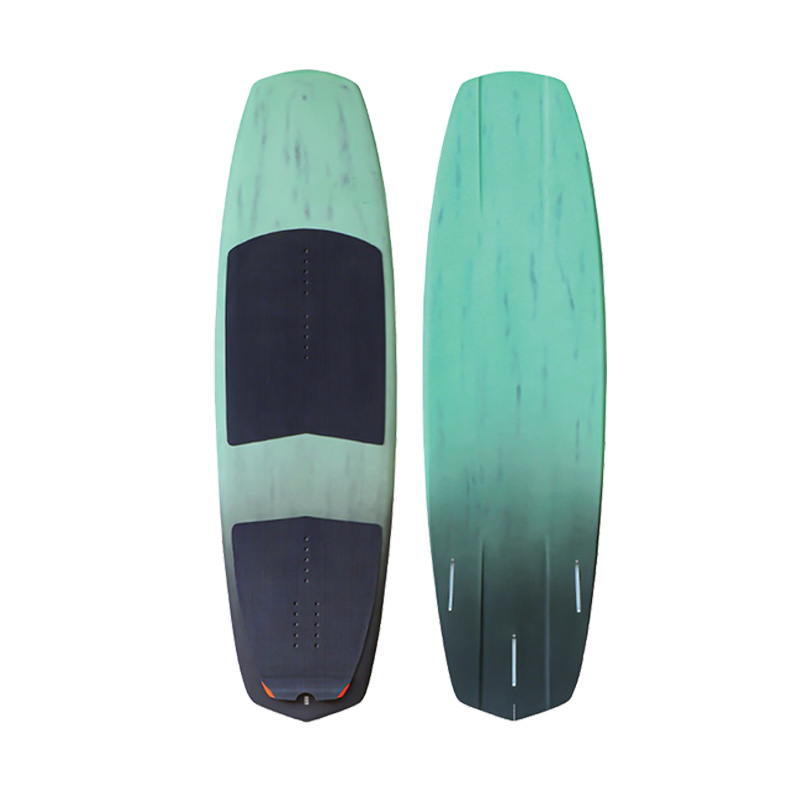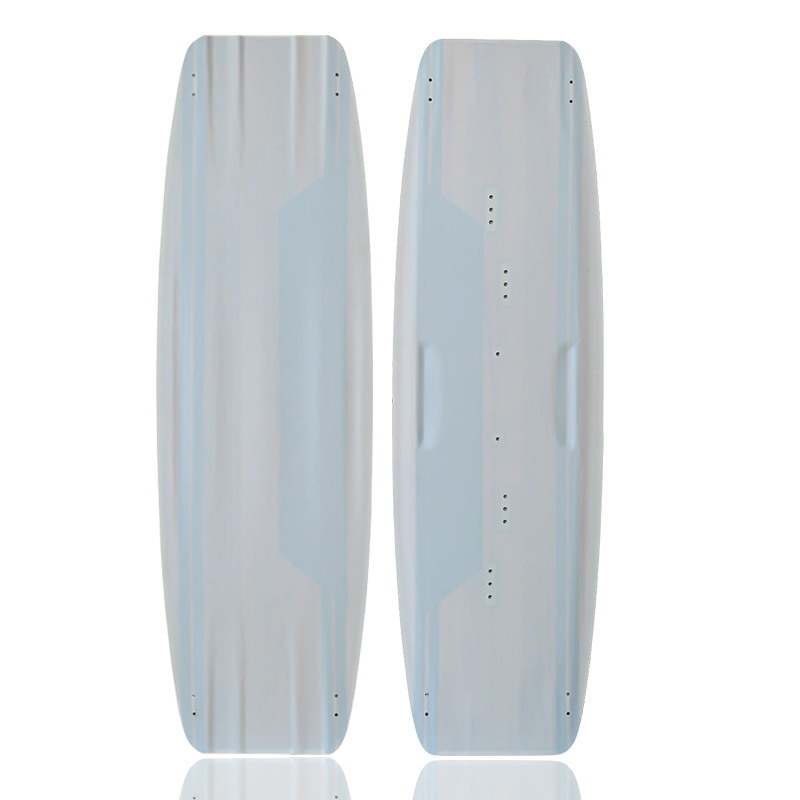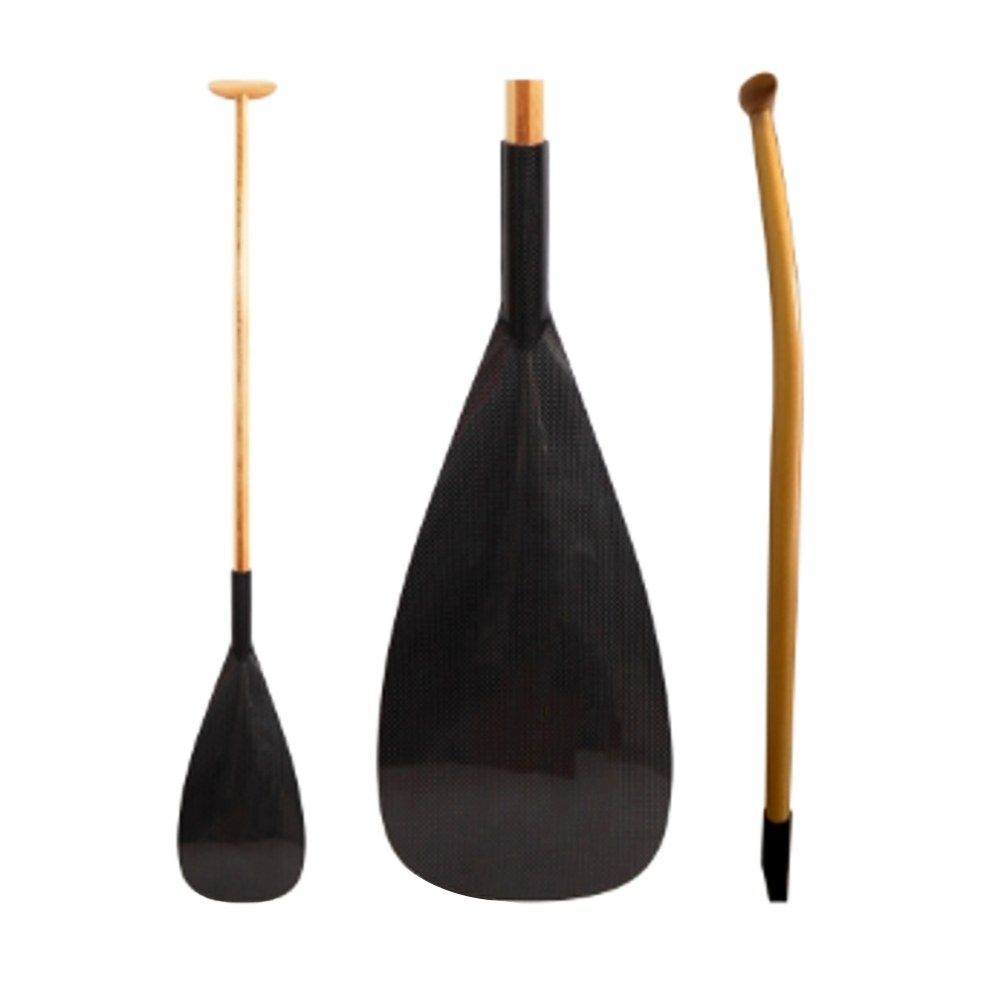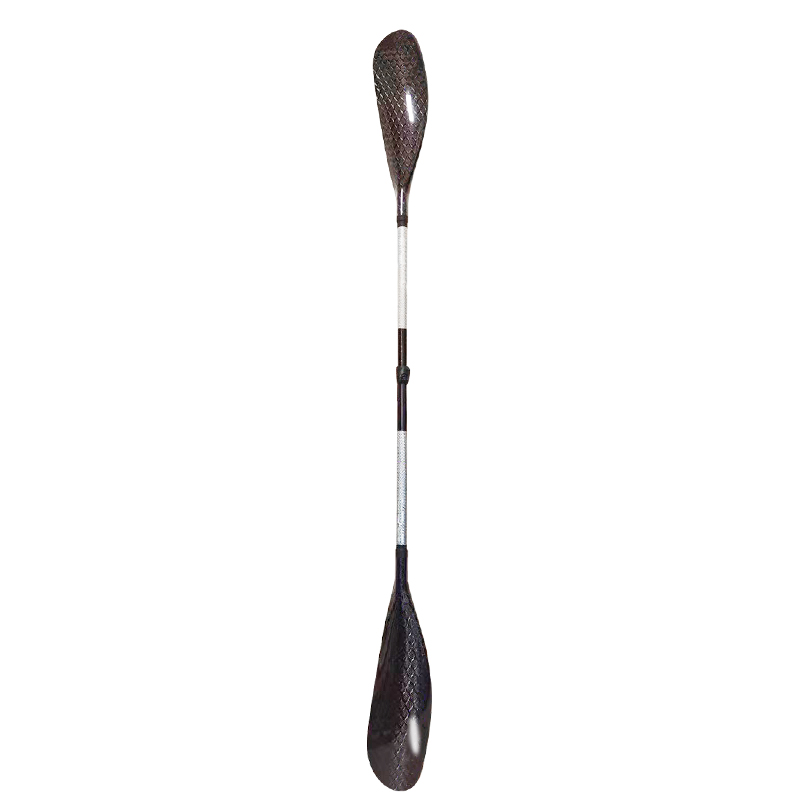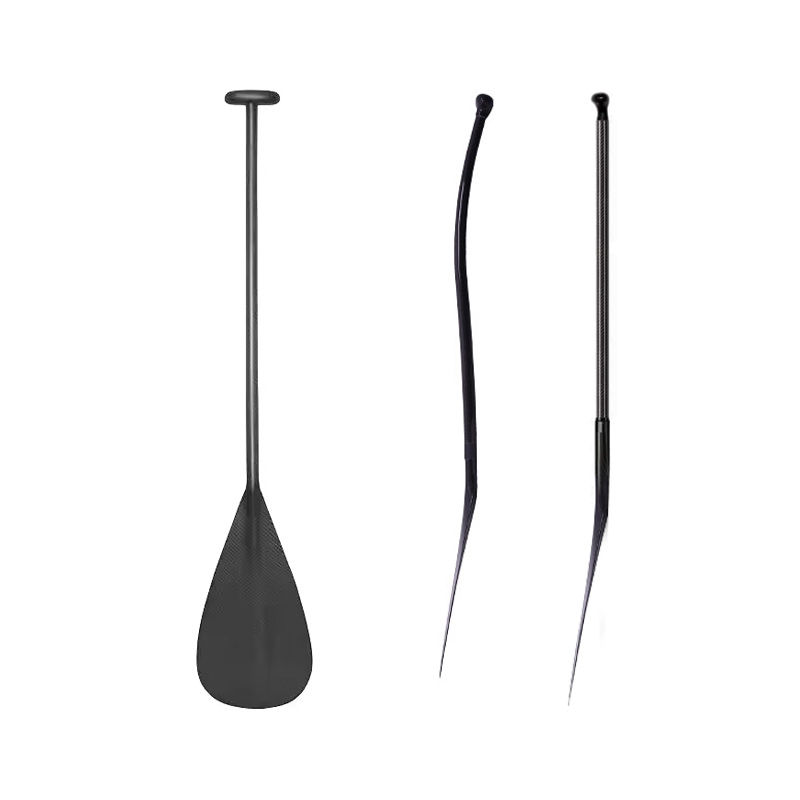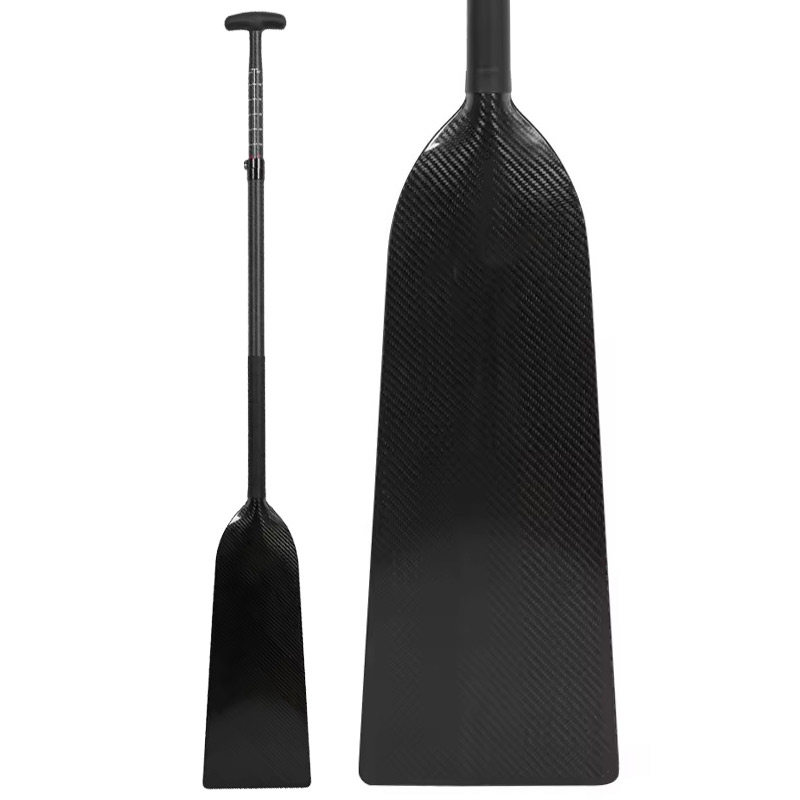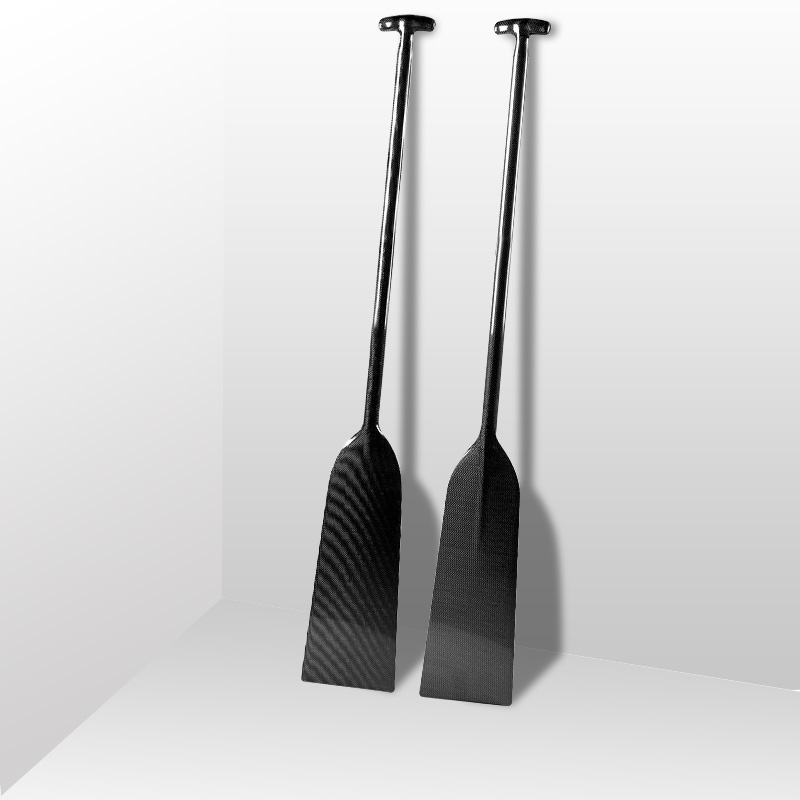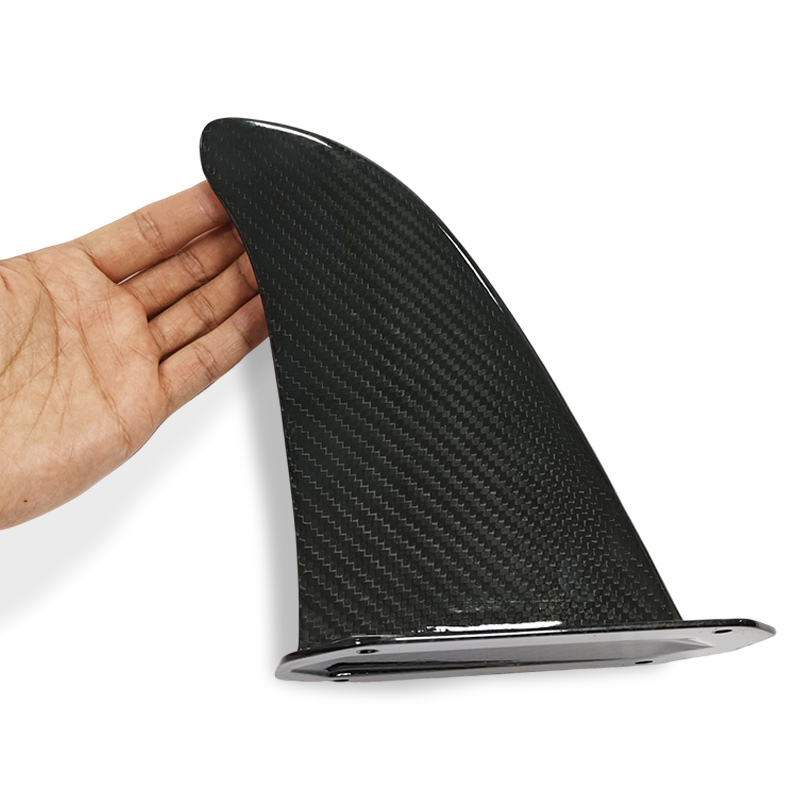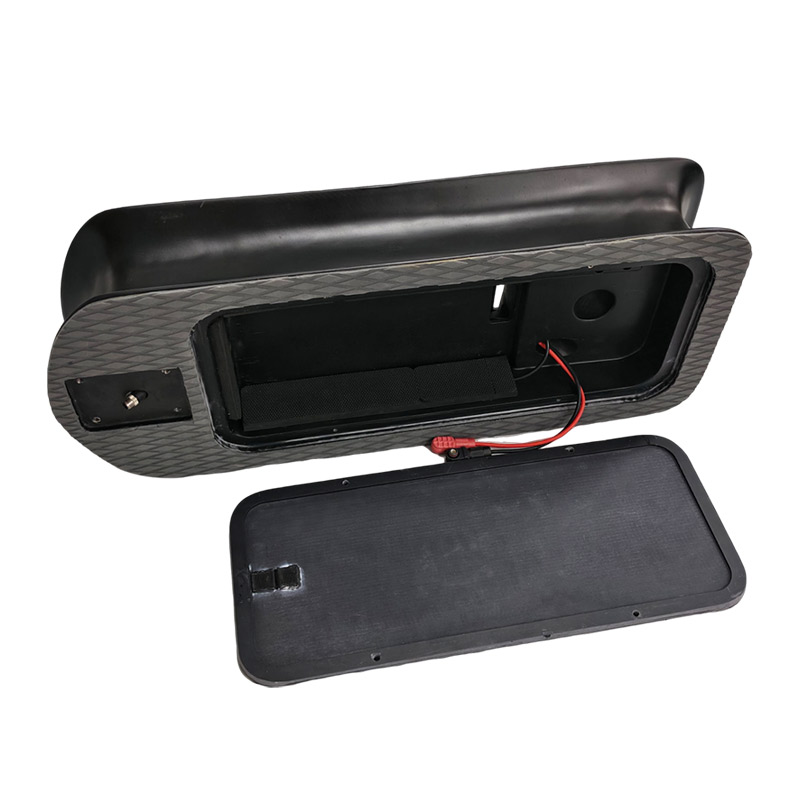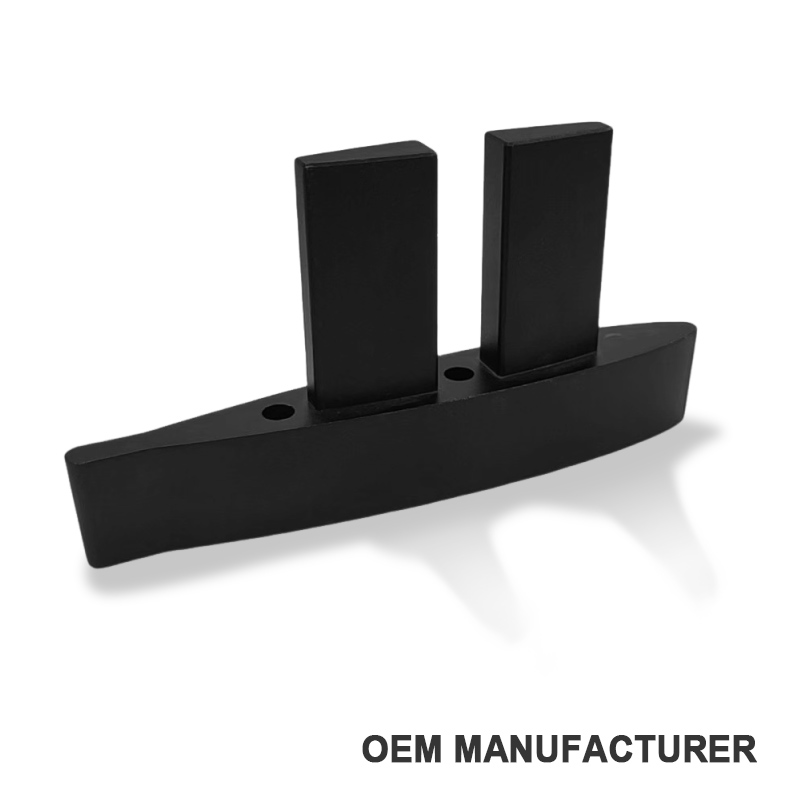With so many hydrofoils on the market, it’s easy to feel overwhelmed by the options and even make a few costly mistakes for a beginner hydrofoil. To help you navigate this sea of choices, we’re going to break down the different types of hydrofoils available. By the end of this article, you should have a clearer idea of which hydrofoil is the best fit for you!
Beginner Hydrofoils
Choosing the right beginner hydrofoil can make a significant difference in how quickly and comfortably you progress in the sport for a beginner. Generally, the characteristics of the beginner hydrofoil are wide front-to-back, narrow side-to-side, and low aspect ratio.
Beginner hydrofoils are designed with ease of use in mind. Thanks to their larger front wing area, these hydrofoils can take off at lower speeds, making them ideal for newcomers. They perform exceptionally well in light wind conditions, making them a great choice for those just starting out. These hydrofoils are compatible with a wide range of board types, whether you’re using a double box fin slot, a single fin slot, or a dedicated hydrofoil track.
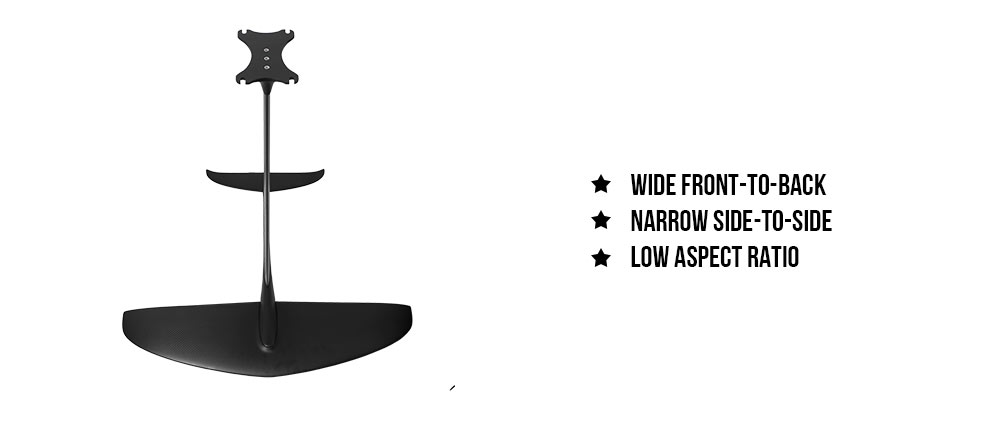
How to Choose A Hydrofoil for Beginners?
The front wing of a beginner hydrofoil typically ranges from 1000cm² to 2000cm². For windsurfing, a front wing size between 1000cm² and 1300cm² is recommended, while for wing foiling, a front wing size between 1500cm² and 2100cm² is more suitable.
Choose a hydrofoil with a low aspect ratio (wider and shorter wings). This design offers better stability and is more forgiving, which is crucial when learning to balance on a foil. The Aspect ratio computational formula: AR=Wing Span*wing span/Project area.
The range of AR
- Low Aspect Ratio (1:1 to 4:1): Best for stability, lift, and low-speed performance.
- Medium Aspect Ratio (4:1 to 7:1): Balanced for versatile performance across different conditions.
- High Aspect Ratio (7:1 to 10:1 and above): Optimal for speed and efficiency, requiring more skill.
So, with this information, you should know how to choose your front wing. Yes, the front wing is the most important part about foiling.
Fuselage Length
A longer fuselage (around 70cm to 90cm) is recommended for beginners. This added length provides more stability and control, helping you maintain balance and reducing the likelihood of sudden, unexpected movements. A stable ride is key to building confidence in your early sessions.
Mast Length
Start with a shorter mast, typically around 60cm to 75cm. A shorter mast keeps you closer to the water, making it easier to recover from falls and reducing the fear of heights that some beginners might experience. It also helps you get a feel for foiling without the added challenge of managing height.
While beginner hydrofoils are easy to use, their top speed is limited, usually capping at around 35km/h. This might not satisfy those looking for a more exhilarating experience. Which is perfect for beginners learning to take off or for advanced riders looking to have fun in small waves.
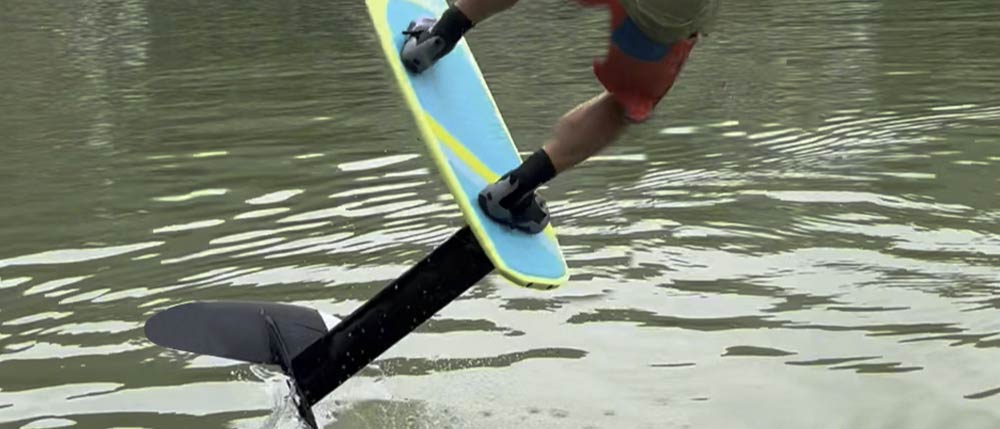
Other Advanced Hydrofoils
In addition to beginner hydrofoils, there are also many advanced models available on the market. Once riders have mastered the basics with beginner hydrofoils, they can challenge themselves with more advanced options. Here is a brief overview of these advanced models to guide you in your future choices.
Racing Hydrofoils
Characteristics: Unlike the beginner hydrofoil, it is narrow and thin front-to-back, wide side-to-side, high aspect ratio.
The front wing area of racing hydrofoils is smaller, typically ranging from 300cm² to 800cm². The smaller the front wing, the faster the hydrofoil can go. The fuselage length is generally around 90cm to 100cm, providing the stability needed at high speeds.
Advantages: If speed is your passion, racing hydrofoils are the way to go. These hydrofoils are designed for maximum speed, with top speeds reaching up to 70km/h. The thrill of high-speed gliding across the water is unmatched with these hydrofoils.
Disadvantages: Due to their smaller front wing size, racing hydrofoils require more wind to take off, making them less suitable for light wind conditions. They are best suited for experienced riders and should be used with a dedicated hydrofoil board.
Ideal Users: Designed for advanced riders and those who crave speed.
Cruising Hydrofoils
Characteristics: Unlike the beginner hydrofoil, it has a large front wing, long fuselage, and wide side-to-side.
Description: The front wing area of cruising hydrofoils typically ranges from 800cm² to 1000cm². The wings are often more curved and thicker, providing greater lift and stability. The recommended fuselage length is between 100cm and 120cm, ensuring smooth and stable rides over longer distances.
Advantages: Cruising hydrofoils are known for their ability to sustain flight over long distances. They excel in light wind conditions, making them perfect for long, relaxed rides. These hydrofoils are versatile and can be used with various types of hydrofoil-compatible windsurfing boards.
Disadvantages: While they offer better speed than beginner hydrofoils, cruising hydrofoils can’t match the top speeds of racing hydrofoils. However, they strike a good balance between speed and stability.
Ideal Users: Suitable for intermediate riders and professional training teams looking for a balance of speed and endurance.
Freestyle Hydrofoils
Freestyle hydrofoils are a relatively new trend in windsurfing, with front wing areas typically ranging from 600cm² to 1400cm². Their design enhances maneuverability, making them perfect for performing tricks and dynamic movements. These hydrofoils can also be used with wing foiling, offering a dynamic experience for both beginners and advanced riders.
Characteristics: The front wing is positioned closer to the mast, and it is highly maneuverable.
Advantages: Freestyle hydrofoils are prized for their agility and pumping efficiency. They allow for quick, sharp turns and maneuvers, making them a favorite among freestyle riders. Whether you’re into windsurfing or wing foiling, freestyle hydrofoils offer great versatility and can be used by riders of all skill levels.
Disadvantages: To get the most out of a freestyle hydrofoil, you’ll need a board designed specifically for freestyle or wing foiling. Using a board not suited to this type of hydrofoil can limit performance.
Ideal Users: Best suited for freestyle riders and advanced windsurfers looking to push their limits.
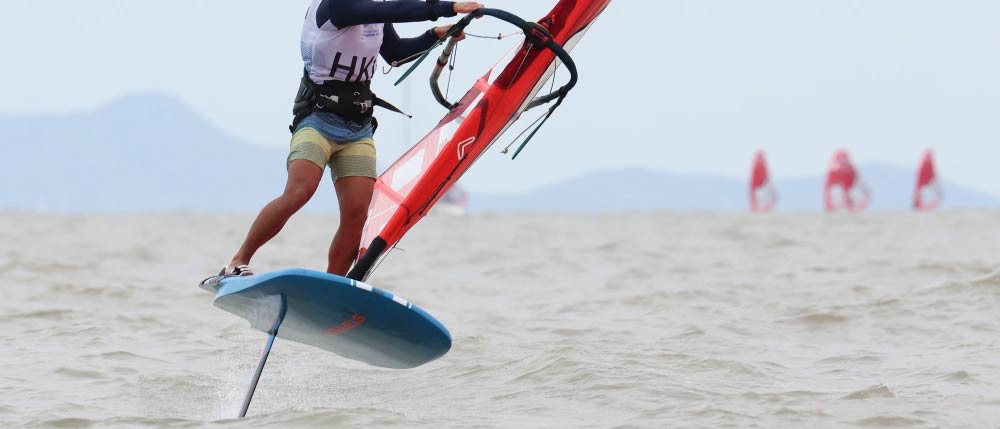
Conclusion
Choosing the right hydrofoil can be challenging, but by understanding the characteristics, advantages, and ideal users for each type, you can make a more informed decision. Beginner hydrofoils are perfect for newcomers; racing hydrofoils cater to speed enthusiasts; cruising hydrofoils are ideal for long, stable rides; and freestyle hydrofoils offer unmatched maneuverability for those looking to perform tricks and turns. Armed with this knowledge, you’re now better equipped to choose the hydrofoil that will help you get the most out of your time on the water. Happy foiling! Unity Sports is a manufacturer that provides hydrofoil OEM & ODM service, if you are interested in making a foil, welcome to contact us, thank you.


